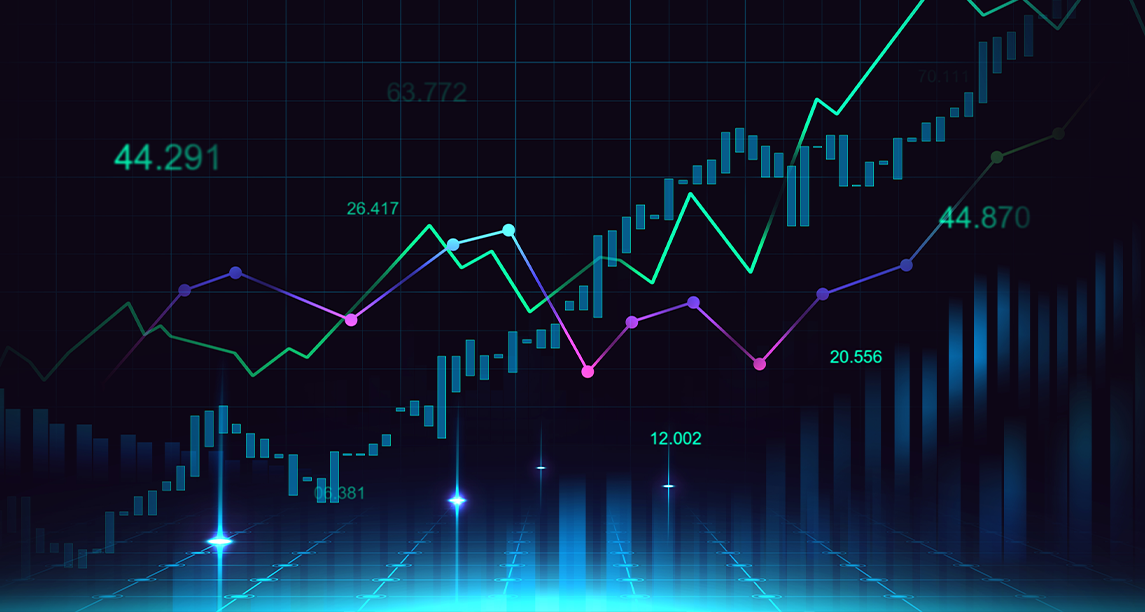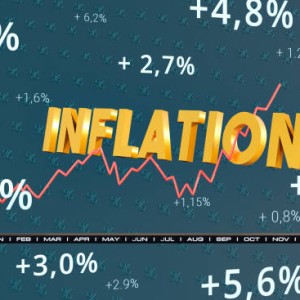Analyst Views
Investors rounded out the month with a basket of red flags on the economy, yet all three of the major market averages posted the best month since 2020, taking inflation and recession confirmation in stride.
For the S&P 500, the broadest measure of stocks, investors would need to go back to 1939 to see a similar July performance. Overall, the benchmark rose 9.1% during the month, the largest percentage and point gain since November 2020, according to Dow Jones Market Data Group.
And it may continue to climb, according to Fundstrat Global Advisors managing director Mark Newton, who forecasts a 4,000 to 4,200 target by mid-September, yet he cautions he may come without some pullbacks.
The market expected to consolidate
"The first part of August historically has been negative, and a lot of cycles show that markets should consolidate a bit over the next couple of weeks. For investors that are just waking up to this rally, I don’t think this is the ideal spot to position new money" he advised.
For the tech-heavy Nasdaq Composite, the month was the best performance on record, as tracked by Dow Jones Market Data Group, rising 12.3% for the largest percentage gain since April 2020 — fueled by better-than-expected results from Microsoft, Amazon and Apple, as well as falling Treasury yields with the 10-year settling at 2.642% on Friday.
| Ticker | Security | Last | Change | Change % |
|---|---|---|---|---|
| MSFT | MICROSOFT CORP. | 280.56 | +4.150 | +1.500% |
| AMZN | AMAZON.COM INC. | 134.95 | +12.67 | +10.36% |
| AAPL | APPLE INC. | 162.47 | +5.120 | +3.250% |
DJIA
As for the Dow Jones Industrial Average, on Friday it came within spitting distance of exiting the bear market that it entered back in March. For July, the Dow added 6.7%, the largest point and percentage gain since November 2020. To officially exit its bear market, the average needs to close at or above 32,877.66, as tracked by Dow Jones Market Data Group.














